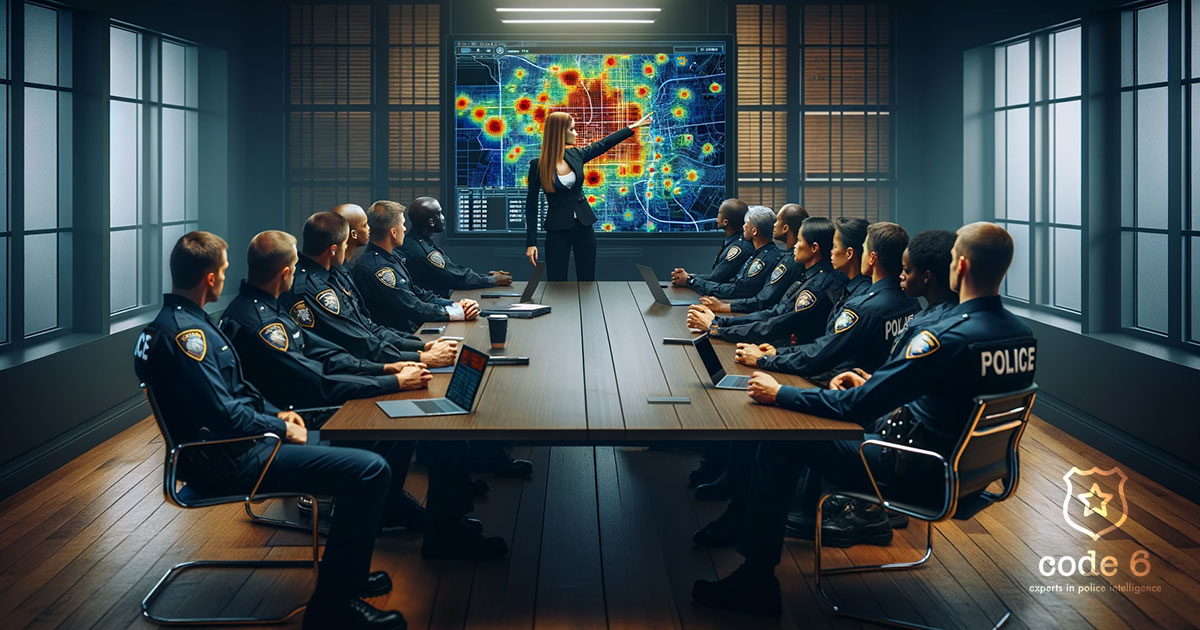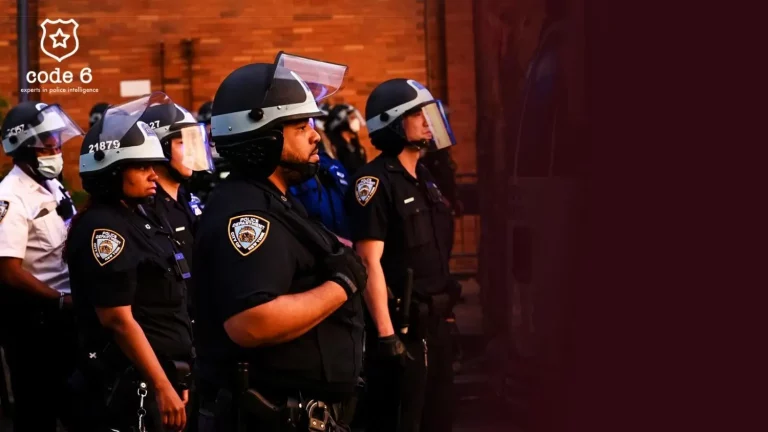Community-Oriented Policing (COP) is a transformative approach to policing that encourages collaboration between communities and the law enforcement. Through this, the aim is to increase public safety with proactive engagement, trust building, and by empowering citizens to participate in crime prevention. In this article, let’s explore the key aspects of COP, its historical context, theoretical foundations, and the impact it can create on communities.
What is Community-Oriented Policing?
As mentioned above, COP or Community-oriented policing is a strategy that emphasizes the partnership between police and community members to address public safety concerns collaboratively. This creative approves helps shift the focus from merely responding to crimes to preventing them and analysing the crime patterns with the help of the community to solving problems beforehand.
Historical Background of Community-Oriented Policing
This term was first coined in the 1980s and was actually a response to the rising number of crimes that resulted in public distrust in the law enforcement. Some of the key milestones in COP include the establishment of the Public Safety Partnership and Community Policing Act of 1994. This encouraged several other police departments to get on board and follow COP principles. Since the 1980s COP spread rapidly resulting in several agencies integrating COP into their operating frameworks and recognising its effectiveness in building healthy and good community relationships.
Theoretical Foundations of COP
Some of the theoretical foundations of community-oriented policing include:
- Social Capital Theory: This theory emphasizes on the role and importance of social networks that foster community trust.
- Broken Windows Theory: This theory suggests that in maintaining urban environments, we can prevent more serious crimes.
- Problem-Oriented Policing: This theory focuses on addressing and identifying specific issues that trouble a community.
- Community Development Theory: This theory champions community empowerment and governance participation.
Core Elements or Components of COP
Some of the core components that form community-oriented policing includes:
- Community Engagement: This includes active involvement if residents in policing efforts.
- Decentralization: This process empowers officers to make decisions within communities.
- Problem Solving: This includes active collaboration from the public in identifying and addressing local issues.
- Prevention Focus: This method prioritizes the prevention of crime over other reactive measures.
Key COP Principles
The key principles in guiding community-oriented policing include:
- Collaboration: This helps in building partnerships between community members and the police.
- Transparency: This helps in maintaining open communication about police activities.
- Empowerment: This encourages community members to actively take part in safety initiatives.
- Accountability: This includes ensuring that the police are answerable to the various communities they serve.
How is Community Policing Different from Traditional Policing?
Community policing differs significantly from traditional policing methods.
| Aspect | Community-Oriented Policing | Traditional Policing |
| Approach | Proactive | Reactive |
| Focus | Community Engagement | Crime Response |
| Decision-making | Decentralized | Centralized |
| Relationship With Public | Collaborative | Authoritative |
Types of COP Programs
There are several types of community-oriented policing programs that include:
- School Resource Officer Programs
- Community Advisory Boards
- Neighborhood Watch Programs
- Crisis Intervention Teams
Experiments and Case Studies in COP
Here are some of the most notable experiments and case studies on COP:
- Chicago Alternative Policing Strategy (CAPS): This focused on neighborhood-based problem-solving strategies that significantly reduced crime rates.
- San Diego’s Community Policing Initiative: This enhanced police-community relations through collaborative crime prevention strategies and regular town hall meetings.
- New York City’s CompStat Program: This utilized data-driven approaches to identify crime patterns while involving community feedback in strategy formulation.
Benefits of Community-Oriented Policing
Benefits for Communities or Society
- Improved trust between police and residents
- Increased community engagement in safety initiatives
- Reduction in crime rates
- Enhanced quality of life Benefits for Law Enforcement:
- Better intelligence on local issues
- Improved officer morale through community support
- Enhanced accountability and transparency
- More effective resource allocation
Challenges in Implementing COP
Some of the challenges faced in implementing community-oriented policing include:
- Resistance to change within police departments
- Limited resources for training and outreach
- Difficulty in measuring success and impact
- Community skepticism towards police initiatives
Strategies for Effective Implementation
Effective strategies for implementing COP include:
- Ongoing training for officers on community engagement techniques
- Establishing clear communication channels with residents
- Utilizing technology for better interaction with the community
- Developing partnerships with local organizations
The Future of Community-Oriented Policing
Future trends in community-oriented policing may involve:
- Increased use of technology for communication and data collection
- Greater emphasis on mental health resources within policing strategies
- Expansion of youth engagement programs to build future trust
- Enhanced training focused on cultural competency
FAQs About Community-Oriented Policing (COP)
Q1. How does COP improve relationships between the police and the community?
COP fosters open communication, allowing residents to voice concerns, which builds trust over time.
Q2. What role do community members play in COP?
Community members actively participate in identifying problems, suggesting solutions, and collaborating with police.
Q3. What types of issues can COP address effectively?
COP effectively addresses crime prevention, social disorder, drug abuse, and quality-of-life issues.
Q4. What is the SARA model in Community-Oriented Policing?
The SARA model stands for Scanning, Analysis, Response, and Assessment; it guides problem-solving efforts.
Q5. What kind of training do officers need for COP?
Officers require training in communication skills, cultural sensitivity, conflict resolution, and problem-solving techniques.
Conclusion
Community-oriented policing represents a significant shift toward collaborative law enforcement that empowers communities. By building trust and fostering partnerships, this approach enhances public safety while addressing the root causes of crime.
Empower Communities, Enhance Policing – Consult CodeSix Now!
For effective implementation of community-oriented policing strategies tailored to your needs, consider consulting CodeSix. Their expertise can help bridge gaps between law enforcement and communities for a safer future.




